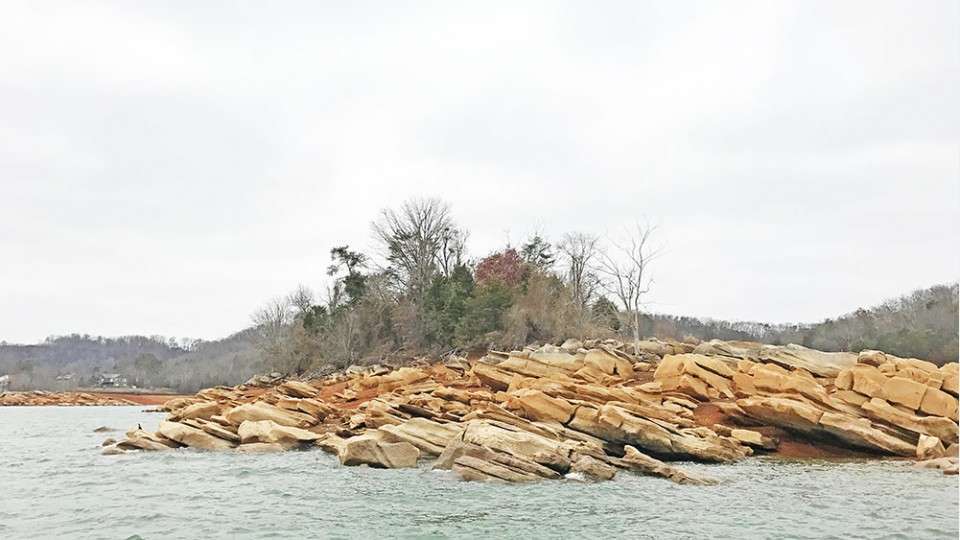
Winter and early spring can be frustrating for anglers. Temperatures warm and everyone hits the water expecting bass to be in shallow spawning areas, and then the inevitable cold front pushes through and ruins the fishing.
Or so too many anglers believe.
Actually, the weather really affects fishermen much more than it affects bass.
Yes, if water temperatures plummet, bass will be weirded out for a day or so. Yes, it can be tough to catch fish until they adjust.
But bass are still there and will still eat. We just have to adjust; that’s all the bass are doing.
The key is to focus on the vertical. What do I mean by that? Simply that bass don’t move far. They want and need options, so they key on vertical structure near spawning areas.
Think deep creek channel swings or bluffs close to protected coves or creeks.
Look, bass are lazy. They’re just lazy creatures. They’re not moving 1,000 yards to get away from cold or muddy water. Having vertical structure near their spawning areas allows them to adjust with the least amount of effort possible.
If the water warms up and creeks and coves are clear enough, those fish can ease. They can stay there and do their thing until the next front pushes through. Then they can quickly be in more comfortable, deeper water.
While most anglers think cold fronts directly affect water temperature, it’s usually rains or subsequent snow melts (if your lake is far enough north to receive periodic snowfall) that really mess up the shallows. When that runoff pushes into the backs of the creeks and coves, bass have to adjust.
They do that by moving vertically down the bluffs and deep creek ledges in channel swings.
If the water is warm for four or five days, bass can move 30 or 40 yards into that cove or creek, but if the water temperature drops or muddy water moves in they can move out to that vertical structure. They can go from 5 feet of water to 40 feet of water just by releasing their air bladders.
Obviously, the biggest challenge is identifying those vertical areas serving as staging grounds for bass. The great thing for us anglers is that once such an area is discovered it is almost a sure thing on tournament day.
Of course, it also means we have to be flexible in our fishing techniques. This isn’t the time of year to just have a jig and frog tied on, with everything else left at home. You have to have options to pluck bass off their vertical haunts.
Jerkbaits can be fantastic. If water clarity is good enough, you can go down a bluff with a jerkbait and catch those suspending fish.
However, you also need something that can entice bites when bass are sitting on the bottom. You might pick up a shaky head, or maybe a Ned rig if the water gets nasty.
I can’t tell you how many tournaments I’ve won catching fish in 100 feet of water when I lived out west — even when no one else could get a bite. It’s where I learned to fish that vertical structure.
Of course, one of the concerns with catching these deep bass is the increased chances of them dying after being dragged quickly from those depths. The key here is to take your time. When I catch a fish in 70 feet of water, I don’t just start reeling. Instead, I let that bass come up on its own. It might take me five minutes to land a fish.
But when they get to the boat, they’re fine. You can just put them in the livewell. You don’t even have to fizz them because they had time to adjust to the changing pressure.
So don’t let the ever-changing weather this time of year keep you off the water. Be flexible. Find vertical structure near those spawning creeks and coves. Ensure you have all the tackle you need to catch them shallow, suspended or in 70 feet of water.
You won’t be disappointed.

